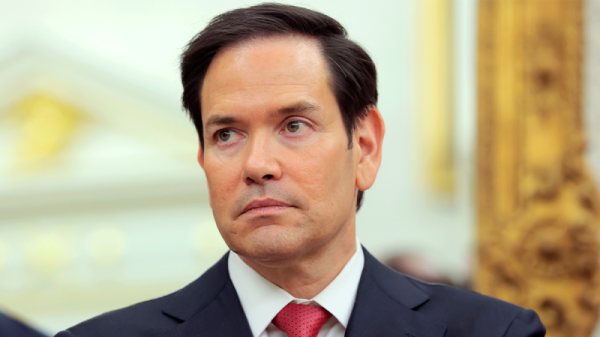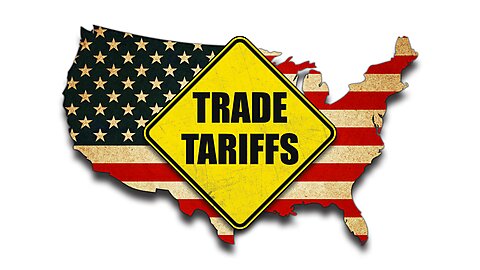Earlier today, the EU’s European Commission and High Representative for Foreign Affairs and Security Policy announced the “Military Mobility Package.” Europe’s fear of Russia attacking another European nation within five years seems to have finally motivated the EU to do something about Europe’s preparedness to meet the Russian threat. This package, which could cost up to €17.65 billion, plans to cut legal red tape to allow EU member troops and supplies to move seamlessly throughout the EU zone in a maximum time of three working days and will equip existing civilian infrastructure to be capable of supporting military transport. This amounts to creating a “Military Schengen” zone for its member states.
Essentially, the Military Mobility Package attempts to alleviate the sluggishness that large alliances bring to military mobilization, with each member of an alliance having its own bureaucratic rules, procedures, and interests for mobilizing troops and matériel.
The Military Mobility Package is movement in the right direction towards Europe being able to defend itself. As I outline in my policy analysis, allied European nations will have a lot to transport in the event of a war or battle with Russian forces. From battle tanks and troops to munitions and food supplies, European countries will have their work cut out for them in moving soldiers and weapons from west to east.
It is critical for militaries to get their troops and supplies where they need to go as quickly as possible. Scores of historical cases demonstrate this fact, from the Prussians making better use of railroads to mobilize quicker than the French in 1870 to the United States amassing massive forces and equipment in Iraq at a blistering pace in Operation Desert Storm.
If European nations want to deter a Russian attack in the future, they must show Russia that they can send military forces quickly to the front to protect their allied nations in the east. If they can’t, their credibility of defeating and denying Russia battlefield successes greatly diminishes. Thankfully, the language in the Military Mobility Communication indicates that the European Commission understands this truth.
Yet, much more work is to be done and more funds to be spent. The maximum funds of €17.65 billion are much lower than the €100 billion the European Commissioner for Sustainable Transport and Tourism recommends. There remains the large issue of allied European nations building up their defense industrial bases to be able to meet these military supply demands. And let’s not forget that European countries have a track record of making defense pledges without following through on them.
But to quote Eisenhower, “Plans are worthless, but planning is everything.” Planning to mobilize and transport European troops and equipment is a solid initial step towards effective European defense autonomy.


















